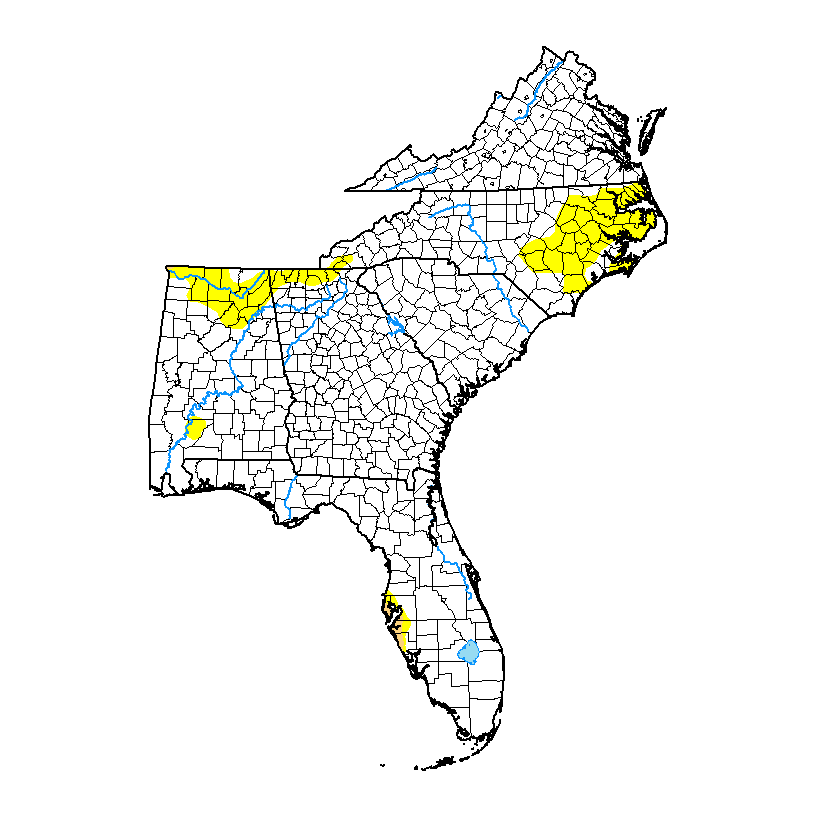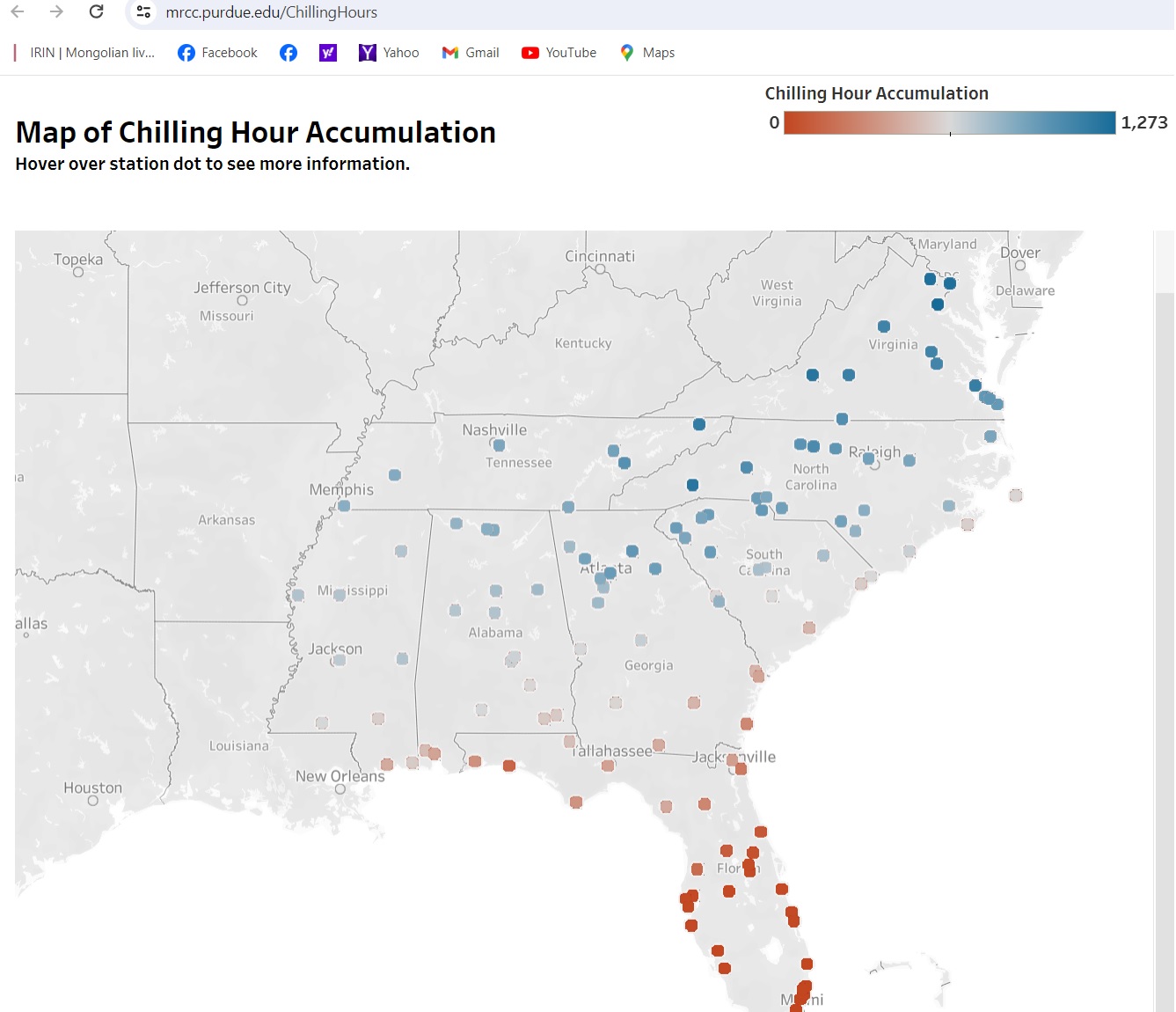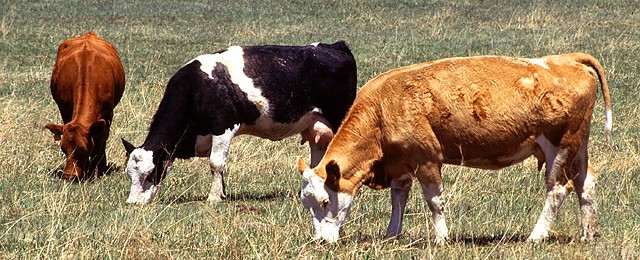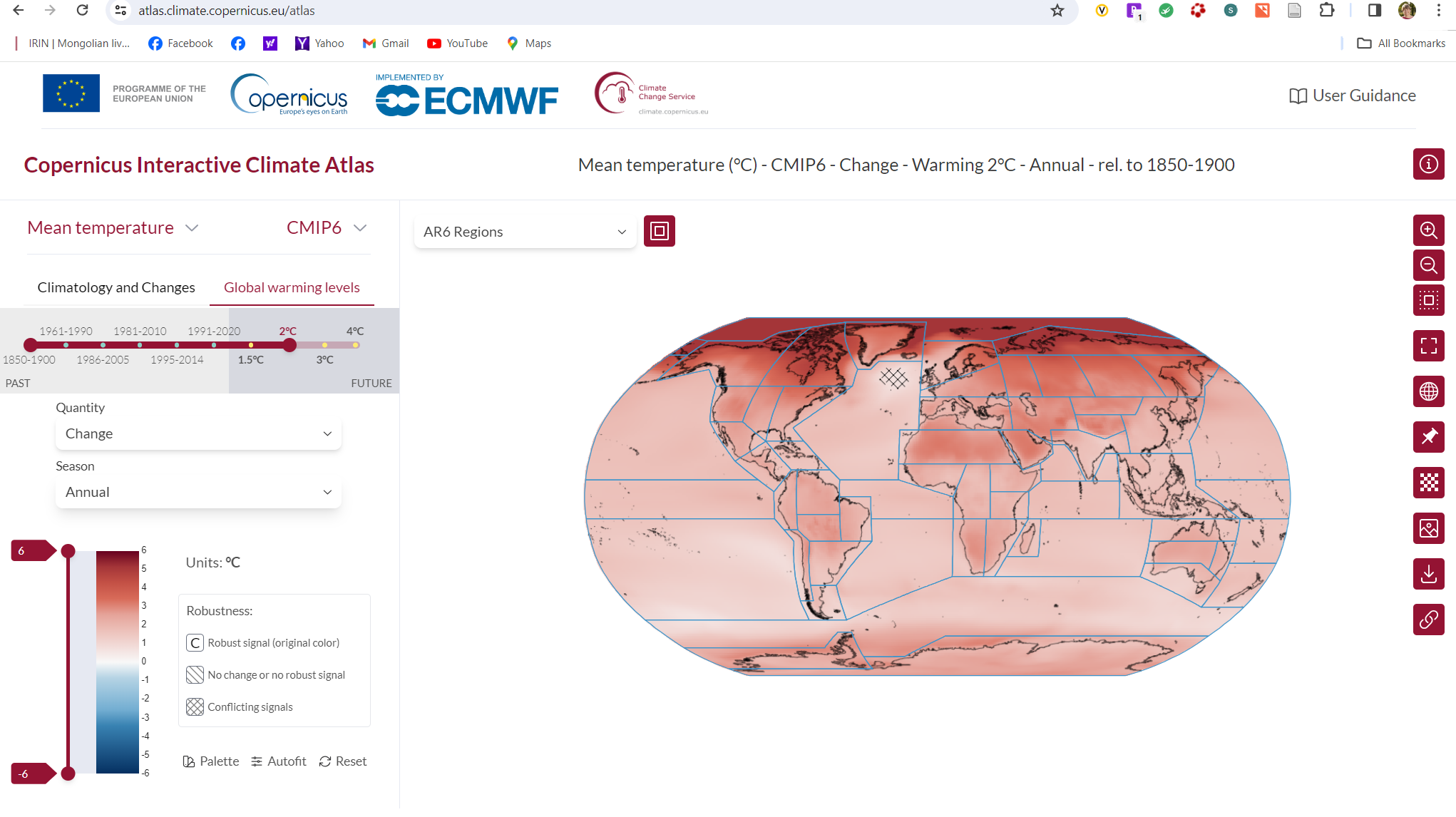-

The latest Drought Monitor, released today, shows that abnormally dry (D0) conditions have been added back to eastern sections of North Carolina this week due to lack of rain and warm temperatures. The rest of the region, including Puerto Rico, did not see any changes this week. The only area still in drought is a…
Posted in: Drought -

If you are a fruit farmer or someone else who needs to access chill (or chilling) hours for your crops, here is a new resource that may be of use to you. The Midwestern Regional Climate Center has produced some national maps that allow you to get calculated chilling hours for airport stations across the…
-

Regenerative farming that minimizes the output of greenhouse gases is something that more farmers are becoming interested in. Livestock farming has been a particularly tough nut to crack because of the methane emitted by ruminant animals like cattle. A farm in Australia looked at this and successfully maintained a carbon-neutral farm for many years, but…
-

The Copernicus Interactive Climate Atlas, launched by the Copernicus Climate Change Service (C3S*) on 20 February, is set to be an important new resource for policymakers looking to formulate effective climate policy and for other users needing to visualise and analyse climate change information. This new tool from C3S, which builds on the Interactive Atlas of the…
-

With Atlantic Ocean temperatures at summer-like conditions already this year in the main development region of the tropics, tropical scientists are very concerned about the likelihood of a very active Atlantic tropical season this year, especially if El Nino decays quickly and is replaced by La Nina. CNN has a good discussion on this here.…
-

I’ve recently seen a few stories promoting the use of widespread tree planting as a way to absorb carbon and reduce greenhouse gases. But if you do the numbers, we can never plant enough trees to absorb all the greenhouse gases that are being emitted, much less the excess that is already in the atmosphere.…
-

Even though a lot of the Southeast has not seen any snow this year, northern areas as well as some higher-elevation locations have seen snow. And of course it’s too early to count out more snow this year, since the Southeast can get snowstorms well into March. Here is a recent story from EarthSky that…
Posted in: Climate science